04 The Infinite Pursuit of More
The hunger never ends—because the brain never fully registers the win. Discover how dopamine sensing deficiency hardwires high performers for pursuit, not satisfaction—and why mastering this wiring is the key to sustainable success.
Introduction
Dopamine doesn’t care about your accomplishments. It cares about what’s next.
This neurochemical, often misbranded as the “pleasure molecule,” is not designed to make you happy. It was designed to make you hunt. The dopamine system is nature’s built-in propulsion mechanism—one that rewards the pursuit of reward, not the reward itself. For high-performance founders with dopamine sensing deficiency, this wiring translates to an insatiable forward drive. They don’t stop. They don’t settle. And they don’t celebrate for long. The moment one summit is reached, another materializes on the horizon—higher, steeper, more seductive.
This is not a glitch in the system. It’s the system working exactly as it should.
Dopamine Doesn’t Reward Achievement. It Fuels the Chase.
The most misunderstood aspect of dopamine is its relationship to pleasure. Unlike opioids, which are tied to the experience of liking, dopamine governs wanting. In other words, it’s not about enjoying the reward—it’s about craving it¹. This is why dopamine spikes before a reward is achieved, not after². Neuroscientist Wolfram Schultz showed that the anticipation of a reward—not the reward itself—causes the strongest dopaminergic firing³. As soon as the outcome becomes predictable or is achieved, dopamine levels drop. The excitement fades. And the drive resets.
This creates a biological reality that dopamine-deficient performers feel but can’t always articulate: a sense of perpetual hunger. The win never feels as good as they imagined. The satisfaction never quite lands. What mattered most a week ago now feels irrelevant. And without something new to pursue, their motivation starts to collapse.
Evolutionarily, this made perfect sense. Dopamine kept humans moving—migrating across continents, experimenting with tools, seeking new resources. Today, it pushes high performers to launch ventures, challenge incumbents, and chase big, improbable goals. But the very mechanism that fuels innovation can also sow seeds of restlessness, dissatisfaction, and burnout.
The Founder’s Dopamine Advantage
Entrepreneurs, creatives, and elite performers often show distinct dopaminergic traits. Many exhibit symptoms of dopamine sensing deficiency—meaning their brains don’t register dopamine as efficiently, requiring stronger inputs to feel the same level of drive or reward. This leads to high novelty-seeking, low latency to boredom, high tolerance for uncertainty, and an uncanny ability to visualize the future⁴. These are not simply personality quirks—they map to dopamine receptor availability and striatal function⁵. Studies in behavioral neuroscience have shown that individuals with altered dopamine sensitivity are more likely to engage in risk-taking, divergent thinking, and persistent goal pursuit⁶.
This neurochemical profile confers a real advantage. It allows for non-linear pattern recognition, rapid adaptation, and the ability to remain energized by long-range goals that may take years to materialize. These are the minds that don’t need short-term feedback to stay in motion. The pursuit itself is rewarding enough.
But this wiring has a cost. The same traits that push someone to start five companies or reinvent an industry can also lead to impulsivity, overextension, and compulsive goal-setting. Without structure, the system turns on itself. And what once looked like ambition begins to resemble addiction.
When Dopamine Turns Against You
The problem isn’t dopamine—it's the brain's decreased ability to sense it. This deficiency means that the normal surges of motivation and reward that drive most people barely register. What others experience as satisfying feels muted. What should feel like accomplishment barely scratches the surface. And in the world of high performers, where stakes and standards are already elevated, that blunted sensing creates a relentless pressure to chase more, build more, and achieve more—just to feel something.
Dopamine was meant to operate on a wave, with cycles of build, spike, and reset. But in environments where stimulation is constant and goals never pause, the system is pushed harder than it’s built to handle. The result isn’t overload—it’s under-satisfaction. The highs become shorter. The crashes hit harder. And the brain, constantly craving more input to feel the same effect, begins to demand bigger wins for the same psychological return⁷.
This is why so many elite performers spiral after major success. Not because they failed, but because the reward didn’t land. They experience what researchers call the “opponent process”⁸: a neurochemical backlash that follows any intense dopamine peak. What felt like euphoria becomes a trough. And if no new pursuit emerges quickly enough, the brain drops into dysphoria, irritability, or even depression.
Unchecked, this cycle creates what can only be described as a dopamine addiction. Not to drugs or screens, but to the chase itself. For those with dopamine sensing deficiency, this vulnerability is magnified. The founder becomes hooked on forward motion—unable to rest, unable to pause, unable to appreciate what they’ve already built. They move the goalpost before the confetti hits the floor. Not because they’re greedy or ungrateful—but because their neurobiology demands it.
Structure the Chase or Be Consumed by It
High performers don’t need less drive. They need better containers for it.
The goal isn’t to dampen dopamine. It’s to manage its rhythm. Neuroscience points to several mechanisms that support this. First, micro-goal structuring. When large goals are broken into meaningful, achievable sub-goals, dopamine release becomes more sustainable⁹. The system stays engaged, and the performer avoids the all-or-nothing crash that comes from deferred gratification with no interim rewards.
Second, recovery cycles. Just as physical training requires rest for adaptation, dopaminergic circuits need off-seasons to recalibrate¹⁰. Strategic pauses—through sleep, solitude, creative play, or nature exposure—allow dopamine receptors to resensitize. Studies show that deep, non-stimulating rest restores baseline tone, enabling future surges to feel motivating again¹¹.
Third, the pivot from external to internal reward systems. Research in self-determination theory and cognitive neuroscience reveals that intrinsic motivation—driven by autonomy, mastery, and purpose—activates dopaminergic circuits without the volatility of extrinsic reward loops¹². In practical terms: founders who tie their identity to progressinstead of outcomes remain more stable, more focused, and less reactive to success or failure.
Finally, what might be called dopamine-calming practices—rituals that reduce stimulation, raise tonic dopamine levels slowly, and prevent erratic spikes. Cold exposure, fasting, deliberate discomfort, and mindfulness-based practices have all been shown to stabilize the dopamine system over time¹³. These rituals don’t eliminate drive—they sharpen it. They return control to the founder, rather than leaving them at the mercy of the next hit.
The Infinite Pursuit
The chase never ends. But it doesn’t have to.
High-performance founders with dopamine sensing deficiency will always be drawn toward the horizon. That’s the gift of their neurochemistry. But the difference between compulsion and clarity lies in how that drive is managed. Dopamine is the engine. But without a braking system, even the most powerful machine will burn out before it reaches its destination.
Mastering the dopamine system isn’t about suppressing ambition. It’s about reclaiming agency. It’s about learning when to push—and when to pause. When to pursue—and when to let pursuit rest. Done well, this transforms the chase from a source of torment into a source of fuel.
The hunger won’t stop. But with the right framework, it becomes the greatest advantage a founder can possess.
References
1. Berridge KC, Robinson TE. Parsing reward. Trends Neurosci. 2003;26(9):507–513.
2. Schultz W. Dopamine reward prediction-error signaling: a two-component response. Nat Rev Neurosci.2016;17(3):183–195.
3. Schultz W, Dayan P, Montague PR. A neural substrate of prediction and reward. Science. 1997;275(5306):1593–1599.
4. Zald DH, Cowan RL, Riccardi P, et al. Midbrain dopamine receptor availability is inversely associated with novelty-seeking traits. Nat Neurosci. 2008;11(6):754–755.
5. Cools R. The cost of dopamine for cognitive control. Wiley Interdiscip Rev Cogn Sci. 2016;7(5):317–329.
6. Frank MJ, Seeberger LC, O’Reilly RC. By carrot or by stick: cognitive reinforcement learning in Parkinsonism. Science. 2004;306(5703):1940–1943.
7. Volkow ND, Wise RA, Baler R. The dopamine motive system: implications for addiction and beyond. Nat Rev Neurosci. 2017;18(3):198–210.
8. Koob GF, Le Moal M. Drug addiction, dysregulation of reward, and allostasis. Neuropsychopharmacology.2001;24(2):97–129.
9. Salamone JD, Correa M. The mysterious motivational functions of mesolimbic dopamine. Neuron. 2012;76(3):470–485.
10. Tomasi D, Wang GJ, Wang R, et al. Overlapping patterns of activation to food and cocaine cues in obese subjects. NeuroImage. 2015;120:233–243.
11. Bhutani S, Vandellen MR, Cooper DP. Sleep loss and motivation: dopamine as the missing link. Front Psychol.2021;12:678788.
12. Deci EL, Ryan RM. Intrinsic motivation and self-determination in human behavior. Springer Science & Business Media. 1985.
13. Huberman AD. How to optimize your dopamine levels. Huberman Lab Podcast. Episode 39. 2021.




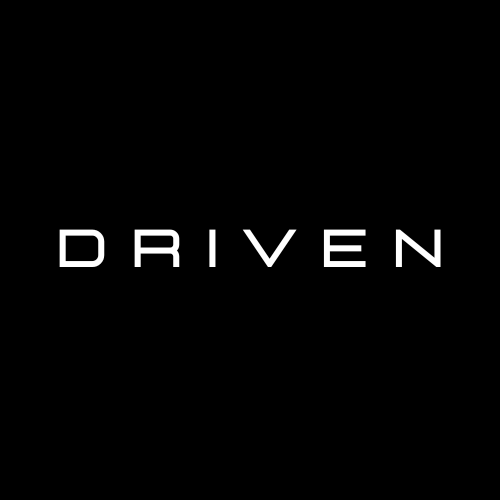

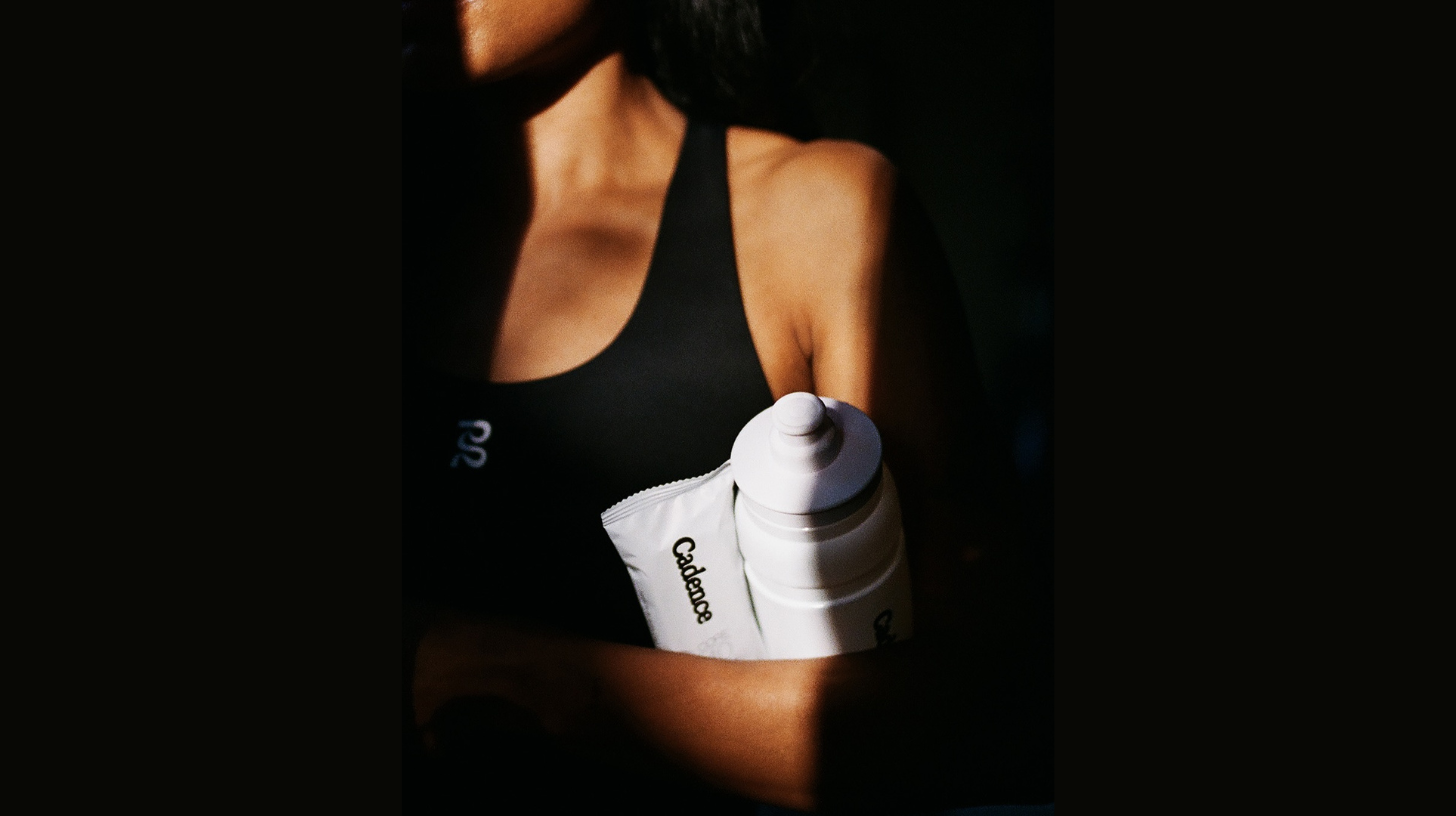
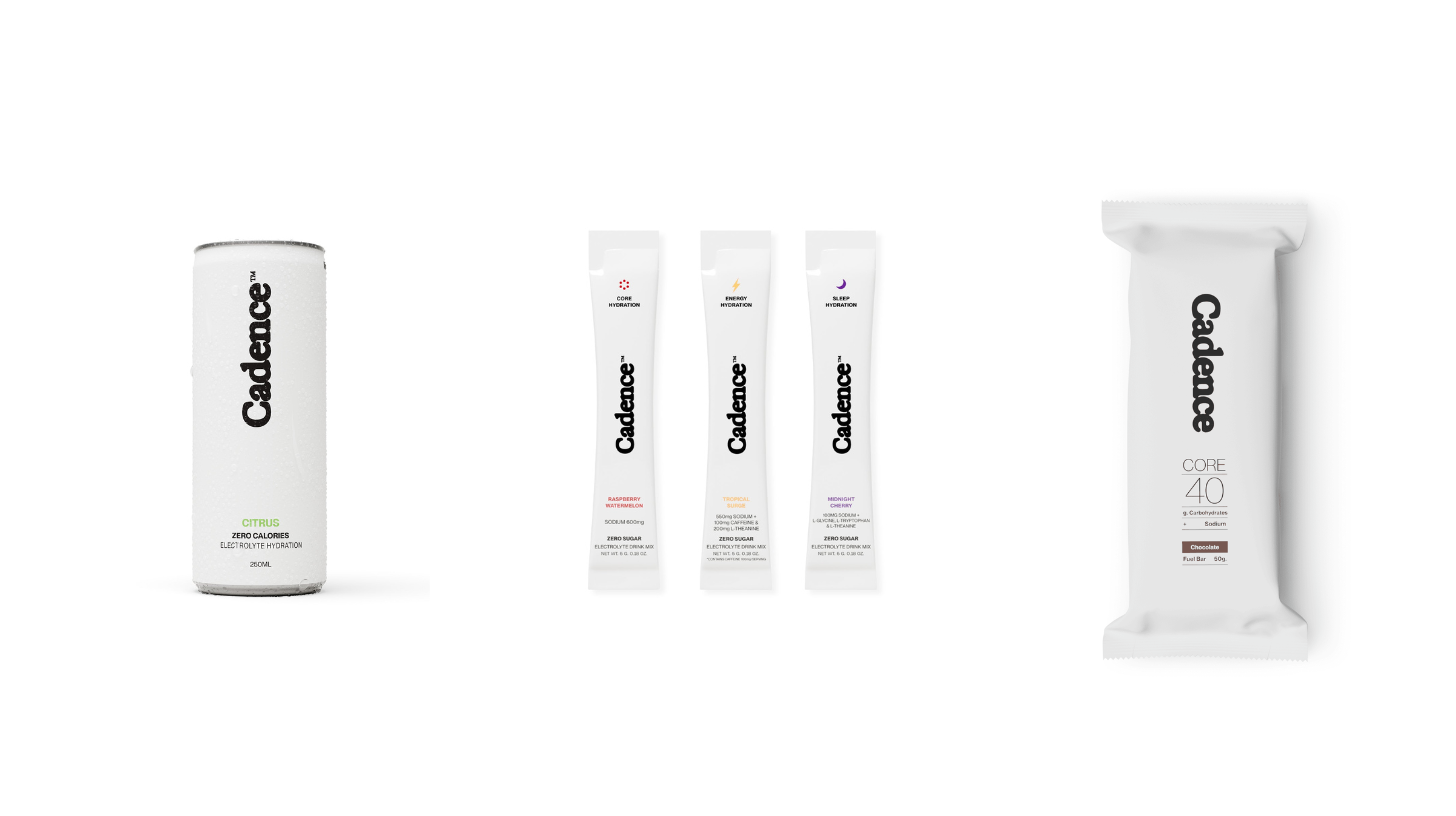
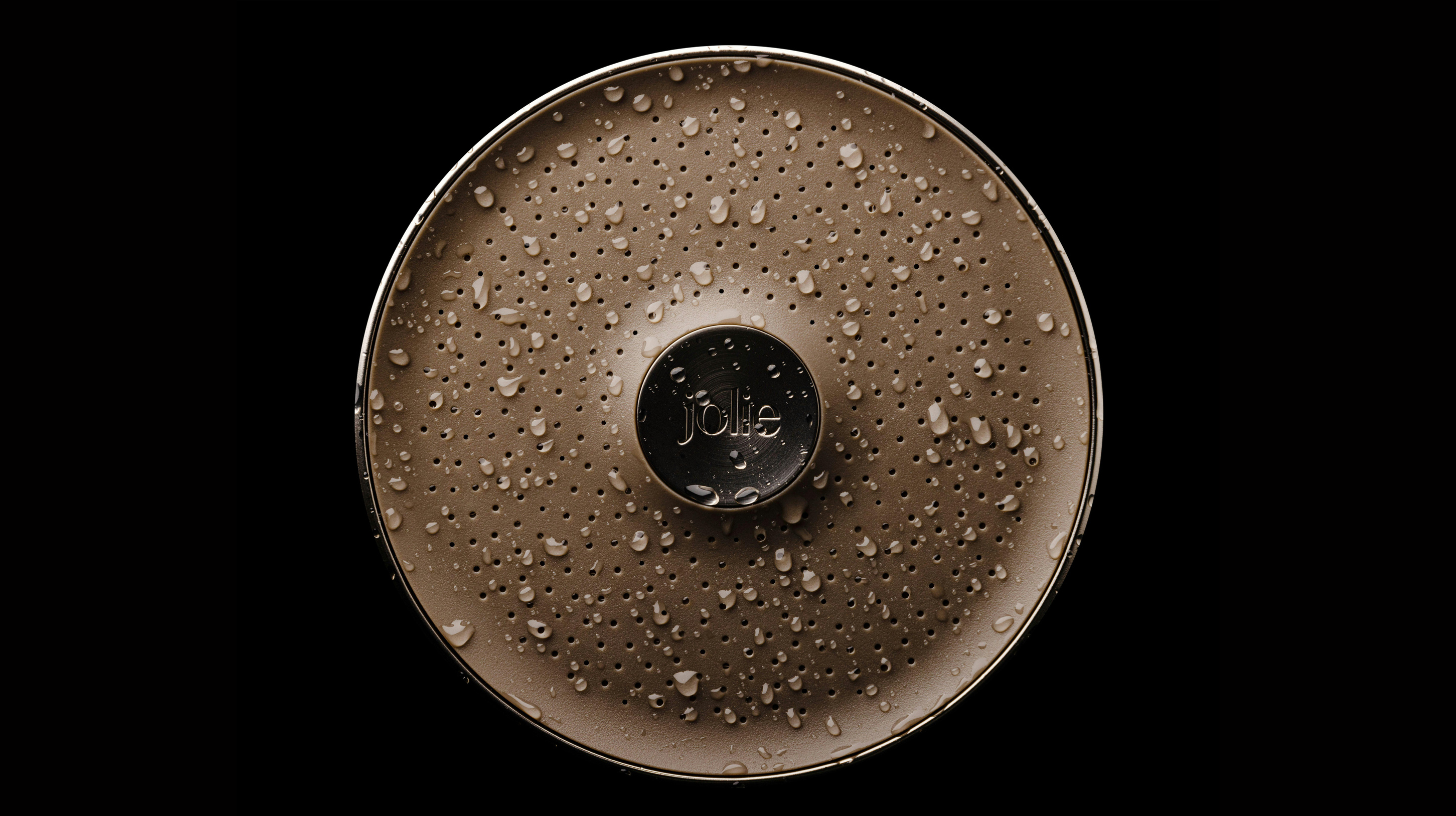
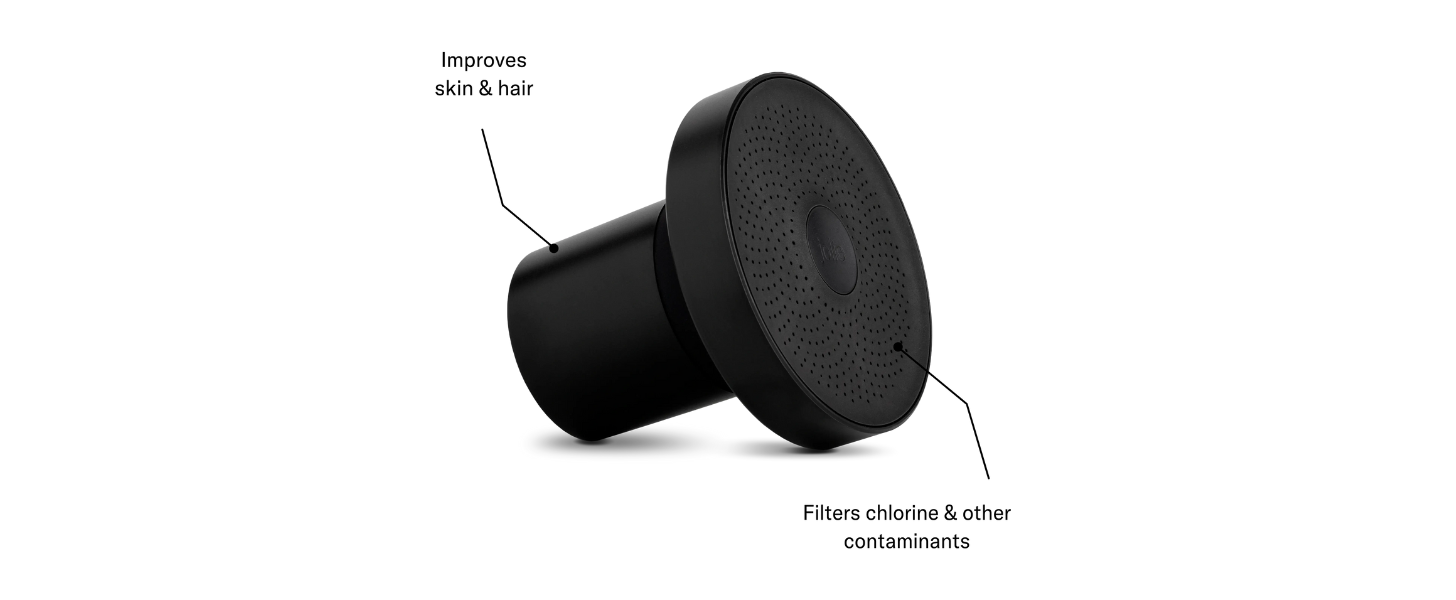

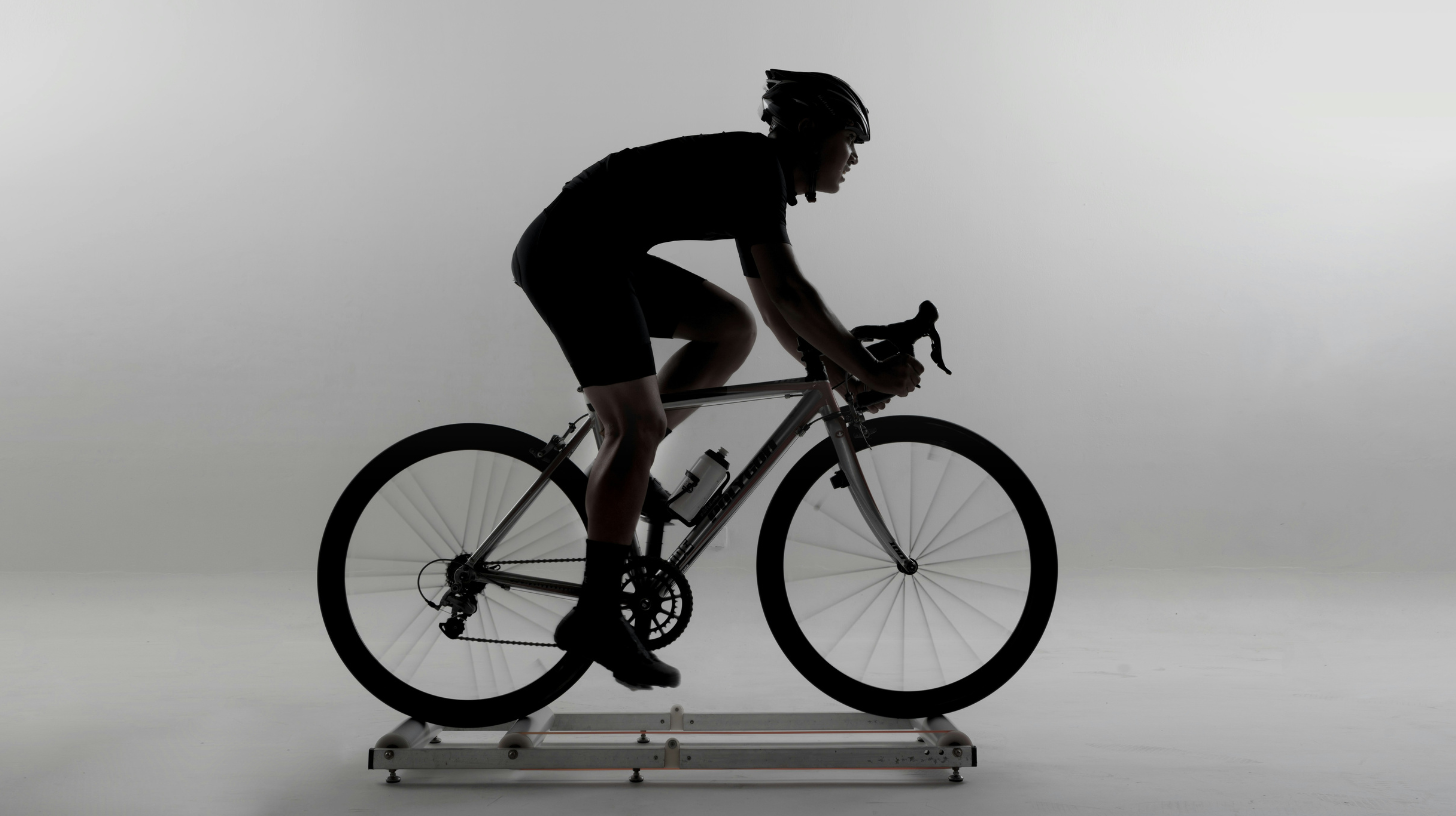
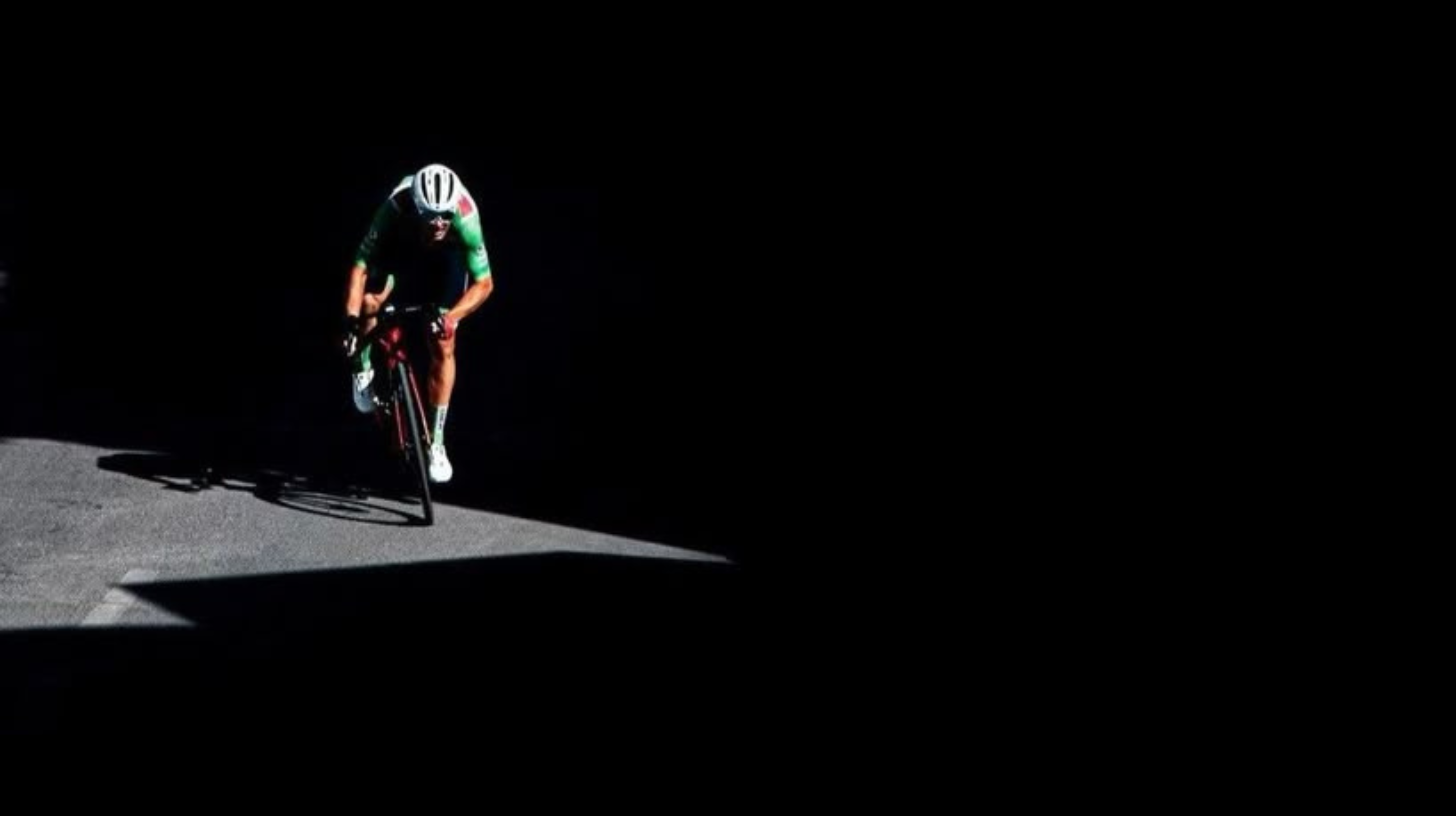

Discussion